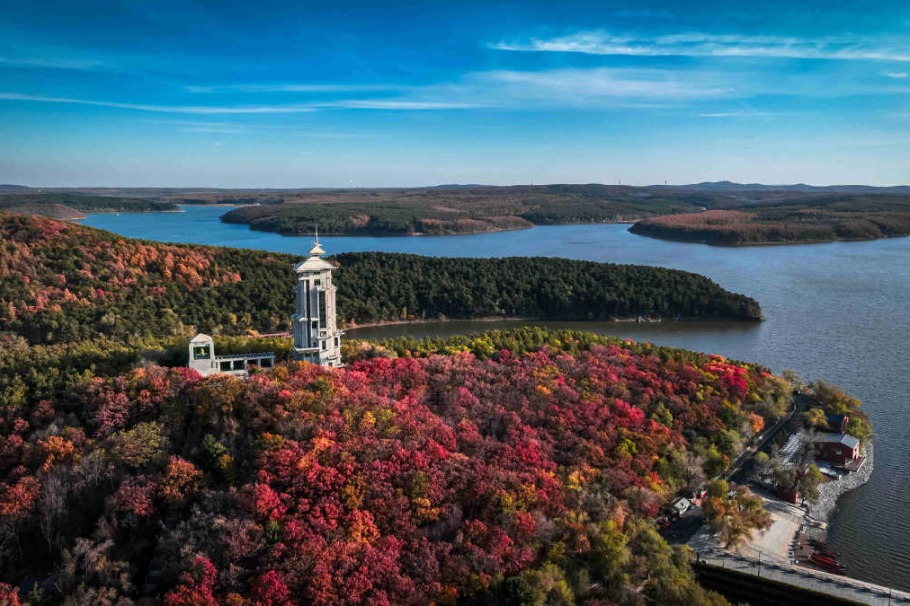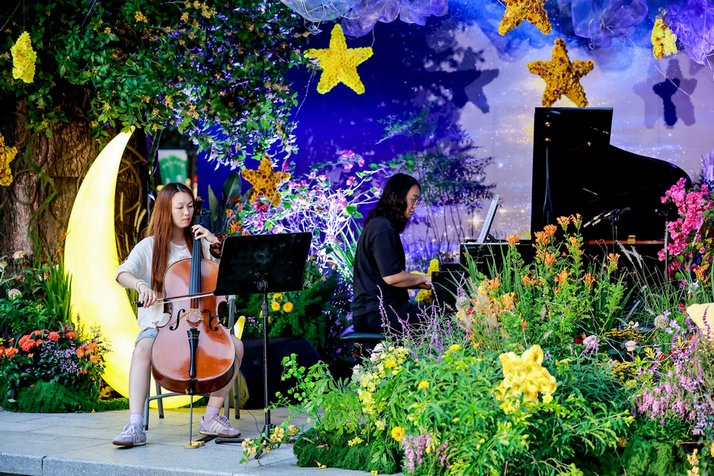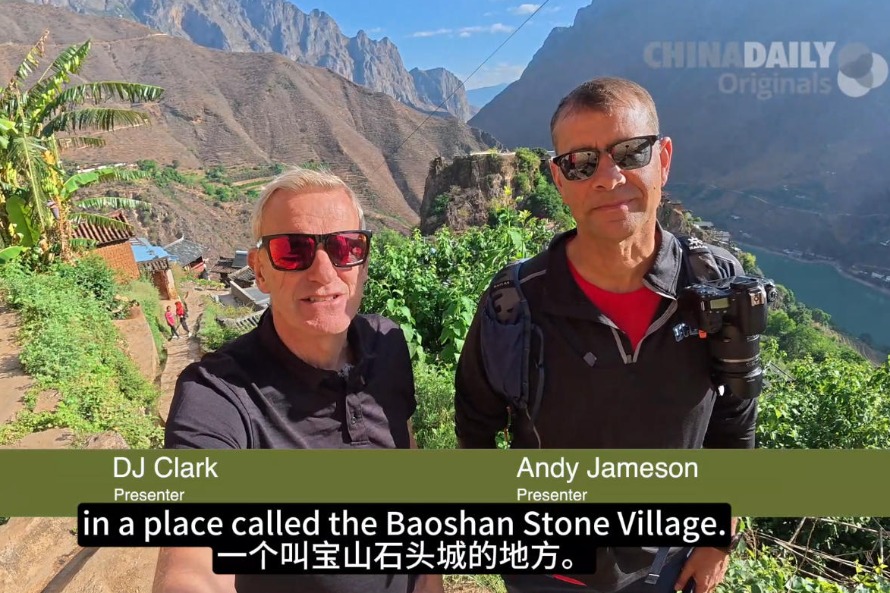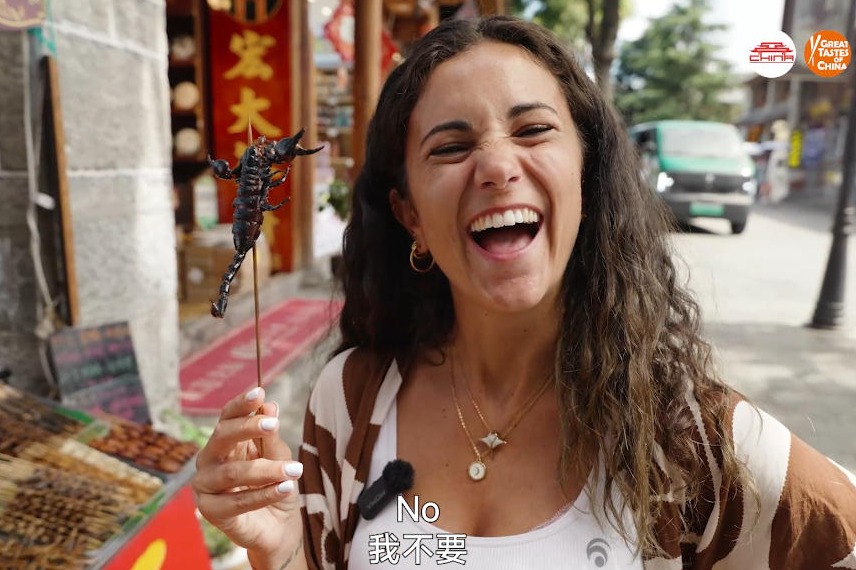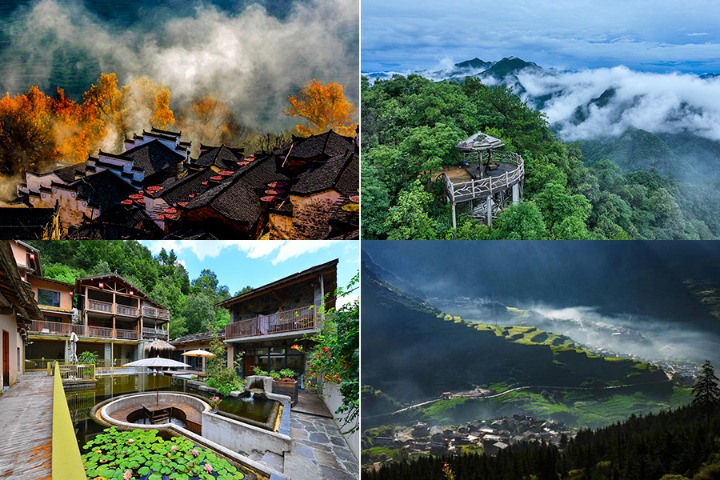Innovating on tradition to better tell Xizang's global stories


Some of my Tibetan friends joke that the reason I don't get altitude sickness, even at elevations around 5,000 meters, is because, in my previous life, I was Tibetan. I joke that, perhaps, I was a yak.
I filmed a 45-second video of me relating this anecdote in Chinese with a yak grazing in the background during my recent visit to Lulang town's forested pastureland in Nyingchi, Xizang autonomous region.
The video went viral, instantly racking up tens of thousands of views, thousands of likes and hundreds of comments online. This yuk about yaks was yet another experiment in telling the stories of Nyingchi, Xizang and China using "infotainment" approaches that resonate with audiences. I'm truly grateful for this chance to return to the Xizang autonomous region for my fourth visit since 2016, offering me the opportunity to witness the conservation of Xizang's ancient traditions and the advancement of its modern progress over nearly a decade.
I have spent nine years exploring, firsthand, from the field, Xizang's poverty alleviation; agricultural innovation; cultural conservation, promotion and exchanges; transportation development, including high-speed trains; Belt and Road connectivity, especially with Nepal and other Himalayan nations; environmental protection and ecological restoration; tourism development; livelihood improvements; and much, much more.
And I've continued chronicling these transformations and sharing them with the world in dozens of articles, videos and books.
During these journeys, I've discovered a Xizang that's preserving the past while reinventing the future. And this phenomenon extends not only to its stories but also to its storytelling. As such, I have worked to pioneer more creative infotainment approaches.
In addition to creating conventional media products about classic sites, I've continued experimenting with updated narrative strategies. This includes lighthearted vlogs and livestreams sprinkled with memes and jokes, in which I undertake a burpee challenge at 4,300 meters in Nyingchi, dine on yak burgers in Lhasa and make tsamba from scratch in Beijing.
Generally speaking, the innovative infotainment concept — which has demonstrated success — is designed to introduce local delights to global audiences in fun ways that make them smile, laugh, and want to see, learn and experience more about Xizang.
This March, I was honored to have the opportunity to attend and ask a question at the Xizang session of the National People's Congress in Beijing. As a journalist who has covered the two sessions for many years, I'm familiar with a significant challenge media face: making important policy discussions visually engaging and relatable.
So, this year, I created a vlog series called "Culture Counts: Two Sessions, One World". The episode about Xizang uses enticing images and stop-motion collage-paper-cutout-animation clips to not only tell, but especially to show, what these policies mean. It features vivid, real-life experiences like yak rides, prayer flags and ethnic dances — things that, in fact, have more to do with the measures deliberated at the two sessions than many of us might initially think. These relatable motifs show audiences how the two sessions shape the ways that policy shapes culture, that, in turn, shapes our actual lives.
Another innovative approach in which I've used media convergence to tell Xizang's stories is to synergize perhaps the most traditional surviving storytelling format — the long-form printed paper book — and new media short videos. That is, the chapters in my book, Closer to Heaven, feature QR codes that readers can scan to watch related videos. This makes it a print book that you not only read but also "watch" with your phone. I'm re-creating this novel approach with my forthcoming travelogue, Off the Wall.
I hope to experiment more with emerging technologies to imagine even more dynamic ways of telling Xizang's stories to the world. For instance, I imagine using AI to make endemic animals' mouths move and literally give them voices.
I could chat with a talking snow leopard about ecological protection, or with a yak about improvements to herders' lives.
I look forward to continuing to explore new dimensions of Xizang's past, present and future, and to find new dynamic ways to chronicle the region's development. That is, to explore more effective approaches to bringing stories from the "roof of the world" to every corner of our planet.
No joke.
Contact the writer at erik_nilsson@chinadaily.com.cn

















